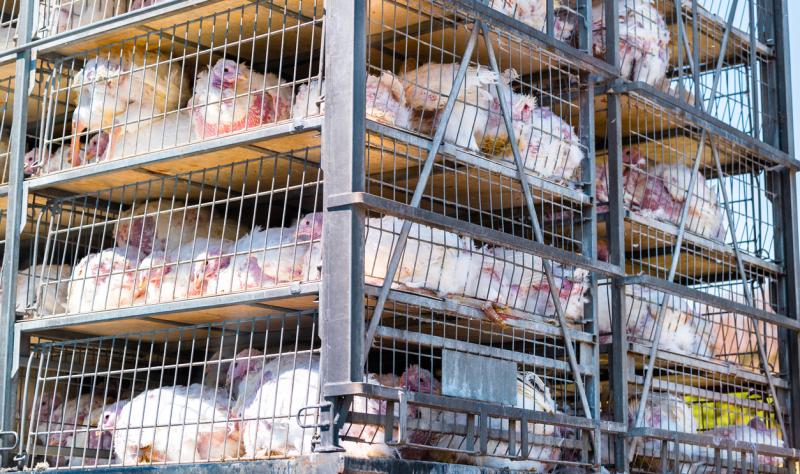The US Department of Agriculture (USDA) Animal and Plant Health Inspection Service (APHIS) has noted several new H5N1 outbreaks and detections in commercial poultry flocks, backyard flocks, and wild migrating birds.
The uptick in H5N1 activity…

The US Department of Agriculture (USDA) Animal and Plant Health Inspection Service (APHIS) has noted several new H5N1 outbreaks and detections in commercial poultry flocks, backyard flocks, and wild migrating birds.
The uptick in H5N1 activity…